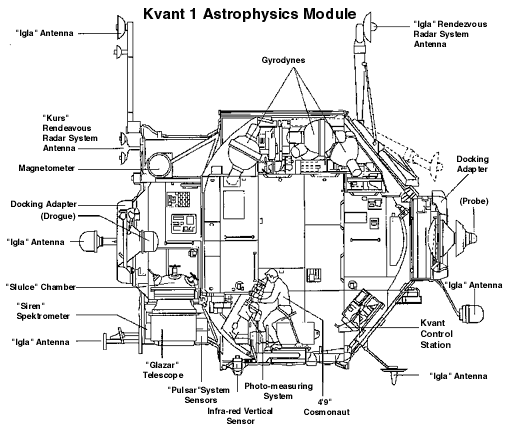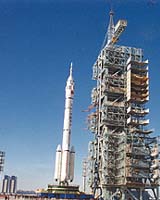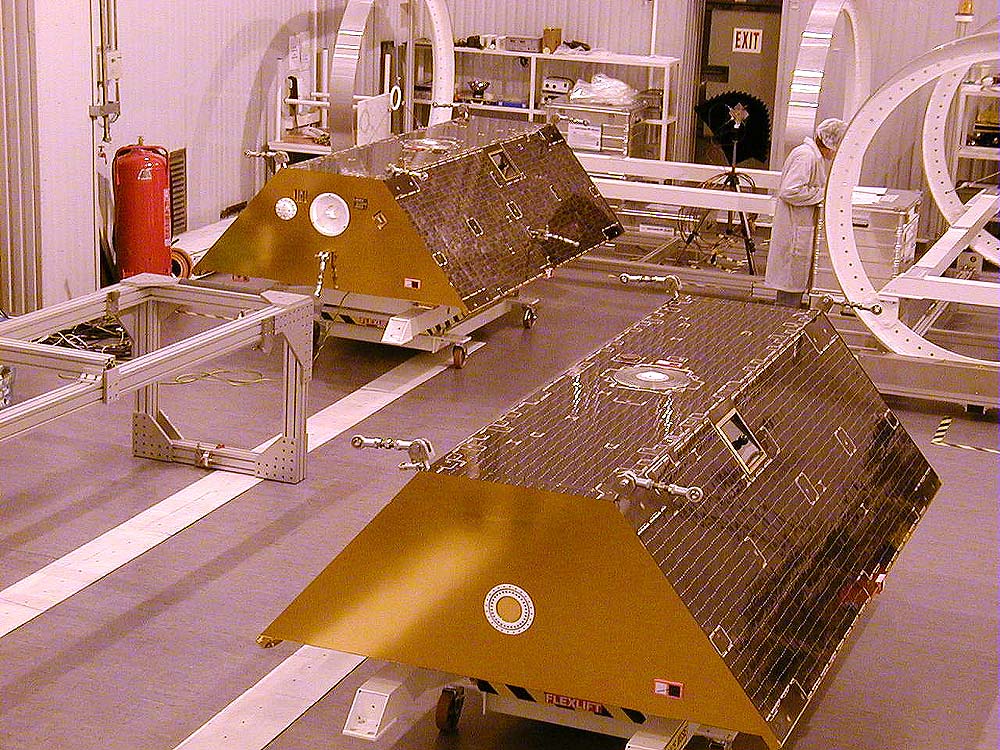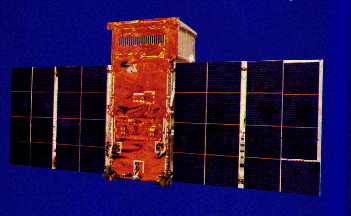(Cross-posted with light editing from the Industrial Extension Service blog.)
If a natural disaster or major accident impacted your company, how quickly would you be able to recover? Do you have backups of important files stored off-site? Do you have ready and portable access to contact information for your employees, customers, and suppliers? Do you have an emergency plan, and have you tested it?
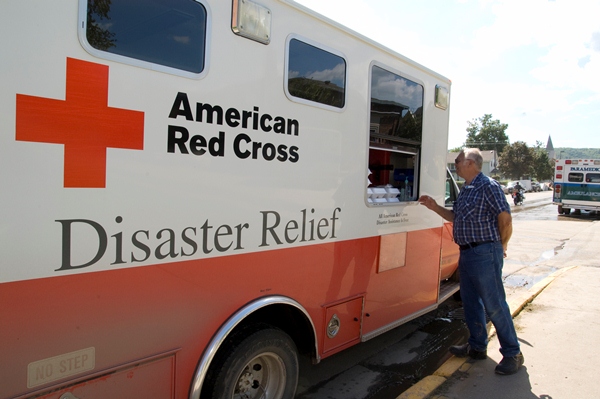
(FEMA / Patsy Lynch)
Many years ago I was the Chief of the Disaster Response Force at the Air Force Astronautics Laboratory at Edwards Air Force Base, during which time I led the responses to two rocket propellant fires, so I’ve learned a thing or two about what it takes to handle emergencies. But last Tuesday I learned a few new things about disaster preparedness from a business perspective, and soon I’ll be able to apply my prior experience and what I just learned to teach the “Ready Business” course.
Ready Business is a half-day course designed to give businesses some practical tools to get prepared and stay prepared. The program operates under the guidance of the Federal Emergency Management Agency, and is being brought to North Carolina in a team effort by the Cooperative Extension Service, the Industrial Extension Service, and the Small Business Technology Development Center.
Several of us will be available to teach the Ready Business course, and we hope to offer it many times throughout the state. If you’re interested, let us know!
Finally, while we’re on the subject of disasters, I love this bit from Karl Smith and the “Modeled Behavior” economics blog:
If we actually want to help the world, we focus on details and that usually means the short term. Things we can see closely and understand the nuances of. In short, we Stop Disaster.
One day we will lose and the world will come to an end. The apocalypse only has to win once. Our job is to make sure that that day, isn’t today.
Maybe we can’t truly stop disaster, but we can be ready for it — and that’s what disaster preparedness is all about.



 by
by 
